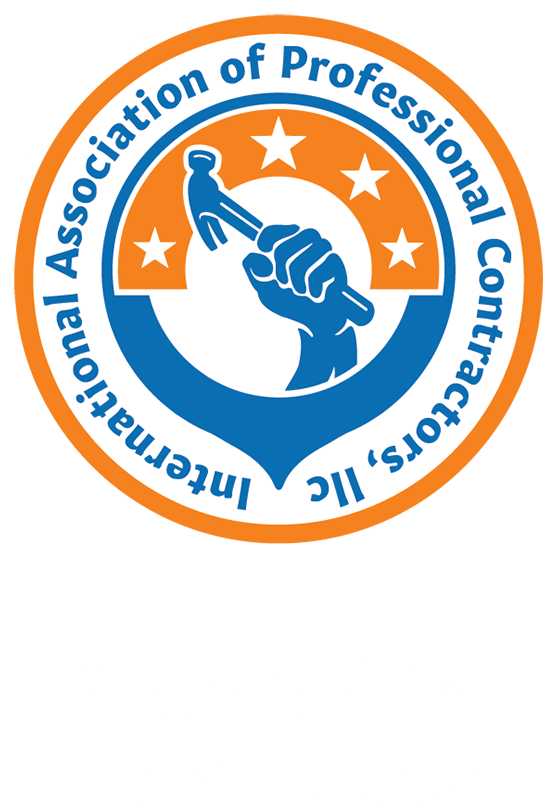Good design is about quick and clear communication. There’s a science behind how people judge beauty, which can be applied to how information is visually organized. This information can be used to your benefit or your detriment. Especially in professions such as construction, engineering and building design, you must stand out from your competition and demonstrate—in an instant—that you have an appealing visual aesthetic. Good marketing materials and especially a good logo do this, and more.
Design is, first and foremost, a method of communication. Everyone has heard the phrase: “A picture is worth a thousand words.” Good marketing design works on a subconscious level. For the consumer, the quality of your logo subconsciously translates into the quality of your service. The advent of innovative design software that’s available in most retails stores has raised the bar on the quality of visual design.
Leave Your Logo Design to a Pro
Unless you’re a mechanic yourself, you wouldn’t take your vehicle to a mechanic and tell him exactly what’s wrong with it and exactly how to fix it. You take your vehicle to him because you need the help of someone with professional training. The same goes for being a contractor. And the same goes for marketing designers. A designer is not merely a decorative artist, but a professional who understands how to visually organize elements in a way that is both engaging and visually appealing. Designers are trained to understand the ins and outs of visual structure. Everyone can recognize a good or bad design subconsciously, which leads to the false assumption that anyone can create a good design. However, a good designer can tell you why something is effective, as well as why it fails, in precisely the same way that a mechanic can tell you the same things about your car.
You may have the software, but you still need the training and skills to come up with the marketing design and logo that will sell your services. Don’t spend valuable time trying to teach yourself what others have been educated and trained to do for you. Every business worldwide is paying more attention to how they market. The businesses and people you compete with directly are paying attention to your marketing design, so you should, too. Even if you have plenty of experience, a poor design for your business will make you appear amateurish and, fairly or not, it will reflect on the quality of your services.
Save yourself money and time in the long run and have your logo designed by a professional. If you’re just starting out, a good design will make your company look established immediately. On the flip side, even if you have 20 years’ experience, a poor design will make you appear unprofessional and out of touch. A good design will give you the appearance of both credibility and experience no matter how long you’ve been in business.
Remember: You are not a marketing designer. That’s the only argument you need to convince yourself to have your marketing professionally done, including your logo. Don’t worry—a good designer will ask you what’s important to you and will find a way to incorporate those principles into your design.
Logo Design Tips
Here are some more important tips to remember to effectively market your construction business using a great logo:
- Your logo should cause your prospective customers to immediately associate it with the products and services you offer.
- If you’re planning to alter or expand your business, products or services down the road, you can make your logo a little more flexible and generic by adding a tagline under it that you can later change as your company changes.
- Make sure that your design isn’t so similar to a competitor’s that it infringes on their trademark. Your logo should be distinctive, and you want to avoid legal hassles.
- If your logo is in color, it should also work in black and white so that it is legible when photocopied.
- Your logo should be in vector format so that it can be scaled to any size without pixelating or losing its sharpness.
- When you have your logo designed by a professional, make sure that you obtain all the file formats necessary for use in your various marketing channels. Also, make sure you retain all copyrights to your design so that you can use it freely, and so that if someone else’s design looks too similar to yours, you will have legal recourse to make them change theirs.
Taglines
Taglines are the written equivalent of logos. The main role of a tagline is to quickly communicate what you do. It shouldn’t be cute or fancy. It’s the sign over your storefront. It should be placed under your logo. A tagline is especially important for construction companies that don’t have the word “construction” or “contracting” in their company’s name.
For example:
ABC Enterprises
[Your Company] is [Your City]’s Premier [Your Service] Company
Tips for Taglines
- Your tagline should be punctuated properly, meaning that if it’s not a complete sentence (following the standard rules of grammar), it shouldn’t have a period at the end of it. It’s okay that a phrase has no punctuation mark at the end of it. On the other hand, exclamation points can serve where a period would be improper because text that is specifically for marketing can bend the rules of proper grammar and punctuation. However, you must break the rules discreetly; people may notice a misplaced period or comma, so, as the saying goes, “When in doubt, leave it out.”
- Speaking of quotation marks, never put your tagline inside quotation marks. Quotation marks are reserved for quoted words that have actually been spoken by someone, such as testimonials by past clients. Quotation marks are never to be used for general emphasis. This is one punctuation rule you cannot break. Unfortunately, you will often see quotation marks misused in marketing text—in brochures, in window signage, on work vehicles, etc. It’s always wrong, and it’s the telltale sign of amateurish marketing. Don’t fall for it. The pros will know, and these pros may be your future high-end customers.
- Instead of misusing quotation marks, always italicize your tagline. Not only does this lend your tagline the emphasis that you desire, but it also highlights its proprietary nature, topped off by the trademark symbol at the end.
- Trademark your tagline by adding the superscript “TM” after it. This is the equivalent of copyrighting your original work by adding your name, the copyright symbol (a C inside a circle) and the year. It’s not necessary to “officially” copyright something in order to own that copyright and be legally protected. By the same token, you don’t necessarily need to register your trademarked tagline with the federal government, although you will be afforded greater protections if you do. (For one thing, it will allow you to use the registered trademark symbol, which is an R inside a circle.) Whichever path you choose—self-trademarking or filing for a federally registered trademark—be sure you use the superscript “TM” symbol immediately upon disseminating your tagline on your website and marketing materials. Also, create a Google Alert for that phrase to track down those who may infringe on your rights by using your tagline. Threaten legal action in all cases; your trademark is as precious to you as your logo, so protect it zealously.
Have a Tagline for Each Service
ABC Contracting
Specializing in Metal Roofing
ABC Contracting
Specializing in Kitchens and Baths
ABC Contracting
Specializing in Stucco and EIFS
Don’t limit yourself to just one tagline if you offer more than one service. There is wisdom in using one tagline for brand recognition, but if you offer different services, you can stick with the same logo and swap out your taglines. Remember that people are visual creatures, so your logo should be the same across the board.
TIP: Read this article on Brochures and Business Cards for Contractors.
Join our discussion about logos and taglines for contractors.

